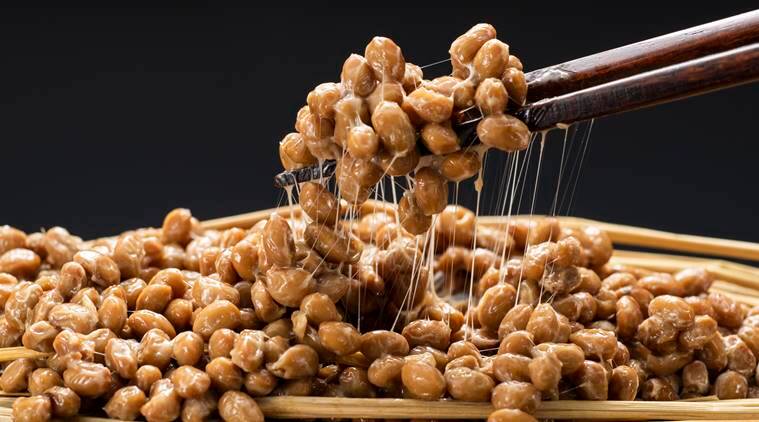Axone – A Tribal Identity – Ethnic Cuisine of Nagas
What is axone?
Axone — also spelled akhuni — is a fermented soya bean of Nagaland, known for its distinctive flavour and smell. As much an ingredient as it is a condiment, axone used to make pickles and chutneys, or curries of pork, fish, chicken, beef etc. “It imparts a lot of flavour to anything you cook — even vegetables,” said Aditya Kiran Kakati, a historian and anthropologist, who has done ethnographic research on the emergence and mainstreaming of ‘ethnic’ cuisines of Northeast India.
While it is called ‘axone’ in parts of Nagaland, fermented soya bean is cooked with, eaten and known by different names in different parts of Northeast India, including Meghalaya and Mizoram, Sikkim, Manipur as well in other South, Southeast and East Asian countries of Nepal, Bhutan, Japan, Korea, China, Myanmar, Vietnam and Indonesia.
“It [fermented soya bean] is the one food that connects the Eastern Himalayas,” said Dolly Kikon, Melbourne-based anthropologist, who is currently researching fermentation.
According to Kakati, it is possible to demystify axone because it is more “culturally cross-cutting” than one would expect it to be. “It belongs to the broader phenomena of fermentation necessary for food preservation in certain ecological contexts. In that way, flavours generated by axone are comparable to that of Japanese miso, which is quite mainstream in Japanese restaurants,” he said.
Does the ingredient play a role in tribal identity and culture?
Tribal folklore has references to the ingredient. For example, as per a Sumi folktale, axone was an “accidental discovery.” “Legend says that a young girl, who worked as a domestic help, would be sent to the fields to work only with boiled soya bean and rice to eat,” said Zhimomi, “It was inedible, so the girl kept the soya bean aside, wrapped in a banana leaf. A few days later, she found the soya had fermented, with a unique smell. She decided to use it in a dish and that is how axone was discovered.”
Scholars feel that despite the increasing visibility of the ingredient on restaurant menus etc, a racial politics of sorts has emerged around axone. “Or even bamboo shoots, for that matter,” said Kakati, adding that discrimination on the basis of smell of such fermented food could often “lead to experiences of exclusion”. Anecdotal accounts from members of the Northeastern community living in big metros often allude to that.
Kikon, in her 2015 paper ‘Fermenting Modernity: Putting Akhuni on the Nation’s Table in India’, writes about the smell: “Some become lifelong connoisseurs, while others detest it and develop a long-lasting repulsion to it.” This often creates an avenue for conflict between those cooking and eating it and those unfamiliar to it — also the crux of the film Axone (2019) by Nicholas Kharkongor, where a group of Northeasterners have a run-in with their landlord in a locality in Delhi while cooking axone.
In fact, Kikon refers to how in 2007, due to increasing “akhuni conflict in New Delhi”, the Delhi Police produced a handbook that “cautioned students and workers from Northeast India that they should refrain from cooking axone and other fermented foods”. Such directives have often led to relegating the food of particular social groups to a remote, primitive position, she said.
Kikon argues that the process of making and eating fermented food is much more than a “simple matter of eating and taste”. “Instead, they are connected to a larger politics of articulating assertion and dignity,” she said.
Kakati agreed and said that directives such as the one by Delhi Police or other instances of profiling by landlords may contribute to the Otherisation of the community — but conversely, may sometimes lead to strengthening of internal community sentiments too. “The feeling of being ‘different’ may strengthen sentiments towards one’s own community. In that, axone becomes a means to express your own sense of identity, comfort and familiarity — especially when you are away from home,” he said.
Axone – A Tribal Identity – Ethnic Cuisine of Nagas
👉 Join: VISHNU IAS ACADEMY FOR UPSC CSE for an update
👉 Join: AnthroMaster for Anthropology updates
👉 Join: General Studies Prelims and Mains 2020&2021 for updates
👉 Join: Anthropology Discussion for Anthropology doubts.



